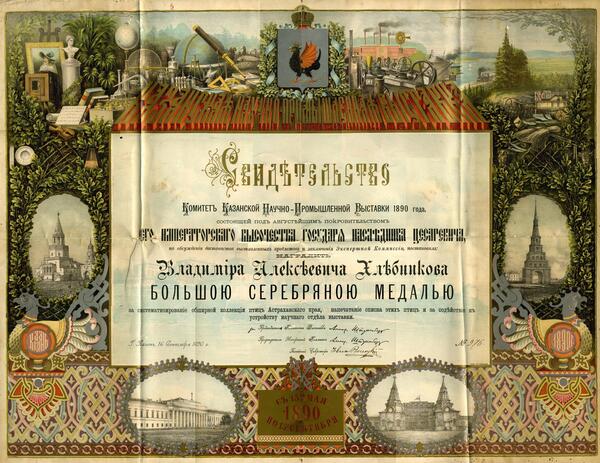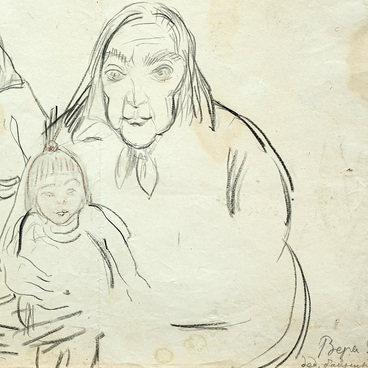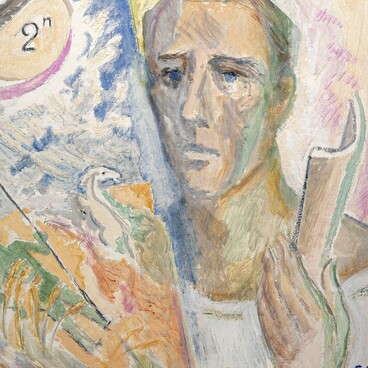Vladimir Alexeyevich Khlebnikov (1857–1934), a naturalist and ornithologist, tried to instill in his children a love of nature and inspire an interest in its study. He was distrustful of the latest trends in literature, and he was not enthusiastic about Velimir’s, his middle son, fascination with Futurism. Their home library was replete with works of classics of literature, scientific publications, and philosophical works.
Vladimir’s father, Alexey Ivanovich Khlebnikov, who was a well-educated man himself, from an early age noted his son’s inquisitiveness, pedantry and observational skills. He knew his son was destined to become a scientist. At the age of 13, having lost his father, Vladimir Khlebnikov divided his efforts between studying at the gymnasium and bird watching in the Volga steppe. He recorded his notes and made sketches in a diary of observations.
Ornithology was Khlebnikov’s true vocation, but it did not turn him into a scientist detached from practical life tasks. For several years (1885–1891), he served as the ulus trustee in Kalmykia and greatly contributed to the ulus entrusted to him.
The journalist, writer and local historian, Konstantin Ilyich Yerymovsky described this period of Vladimir Khlebnikov’s life in the book “The Legend of the Lotus”. He noted that the trustee was keenly interested in everything: the problems of water supply in the steppe, dealing with sand, forest cultivation, and the construction of model wells.
Meanwhile, as Vladimir Khlebnikov himself reported in his autobiography, he compiled unique collections of the fauna of the Astrakhan Region, as well as objects that characterized the Kalmyk way of life in the steppe. In 1890, a large-scale Scientific and Industrial Exhibition of the Volga region and the East of Russia was held in Kazan. The Petrovsky Society of Researchers of the Astrakhan region (Vladimir Khlebnikov was a member) appointed him as its representative in the Scientific Department of the exhibition.
The collection demonstrated by Khlebnikov received prestigious awards — honorable reviews and a Large Silver Medal.
Subsequently, the artifacts presented at the Kazan
exhibition formed the collection of a museum of local lore in Astrakhan.



